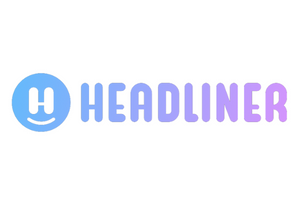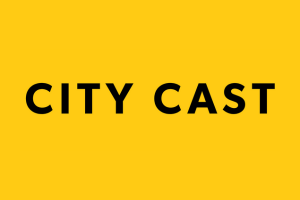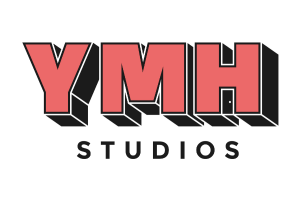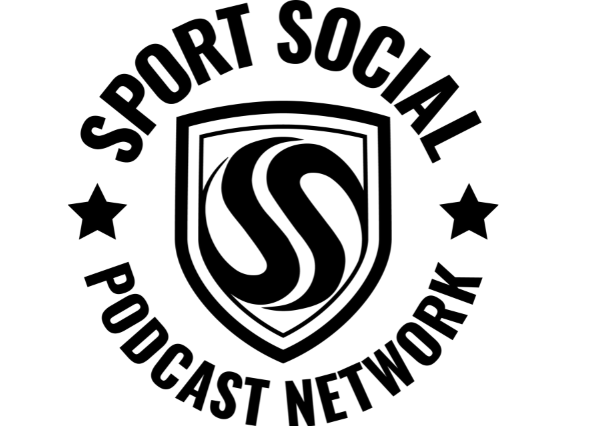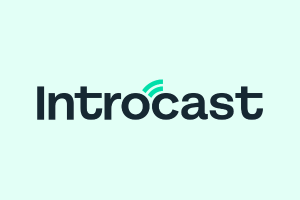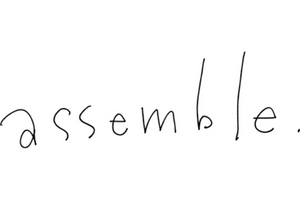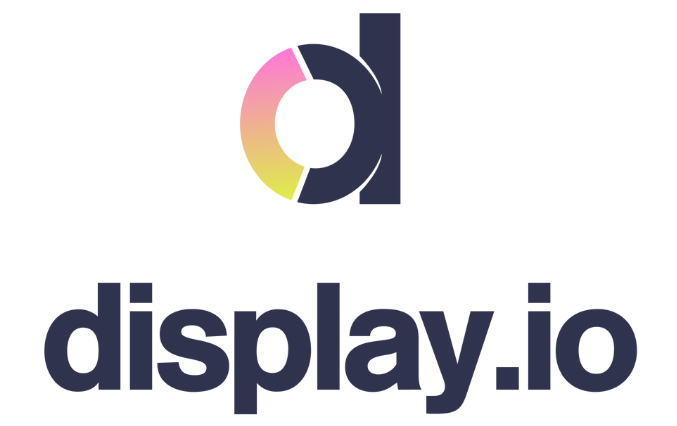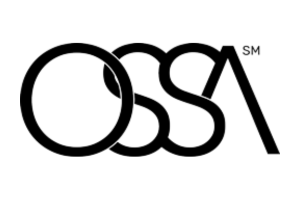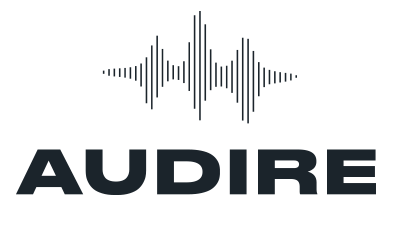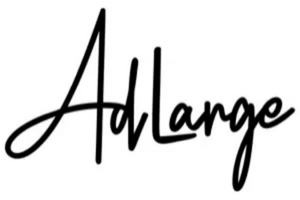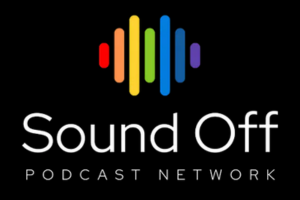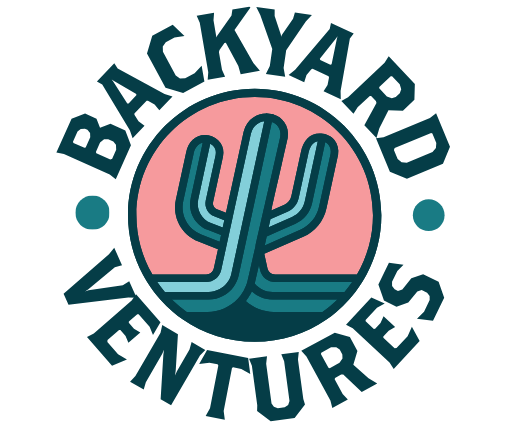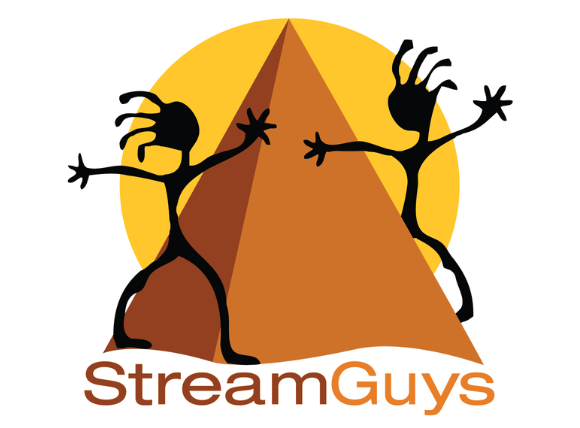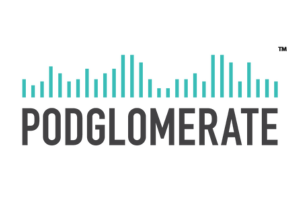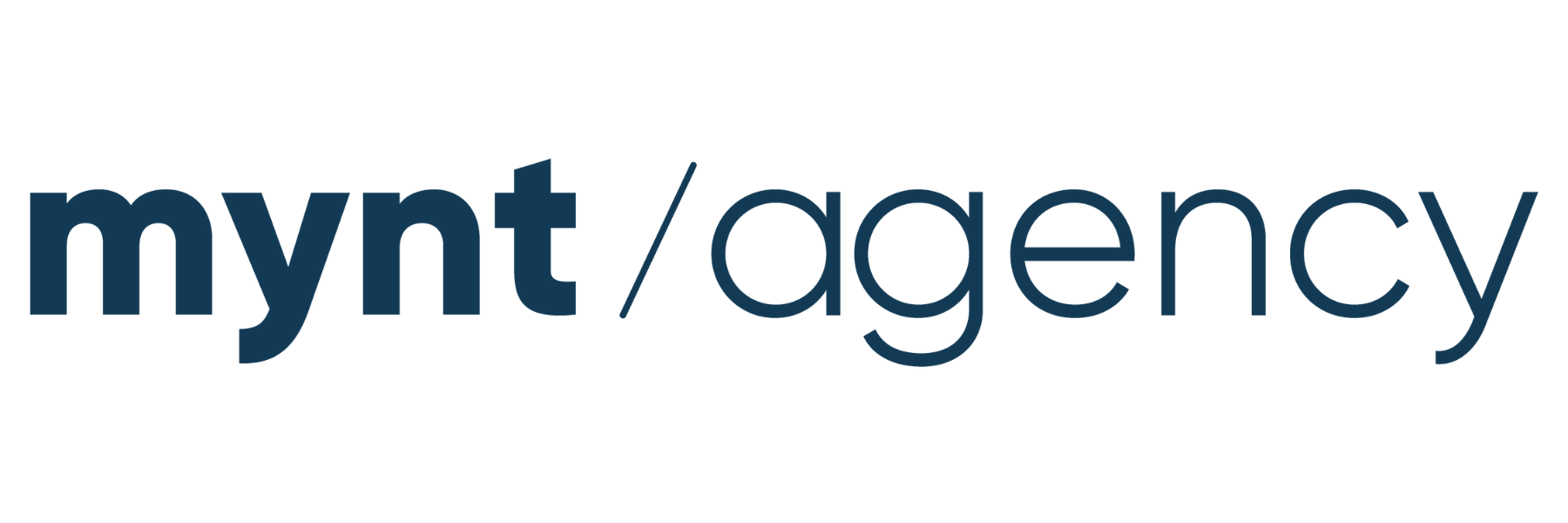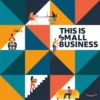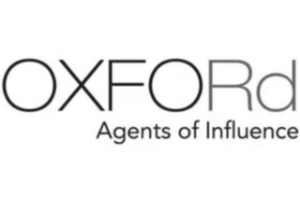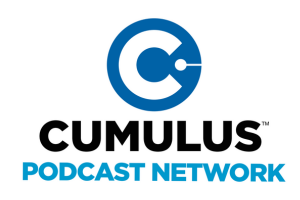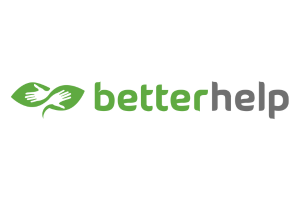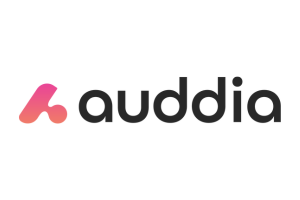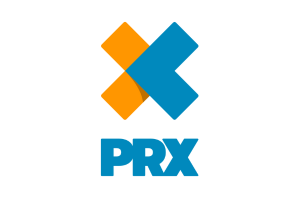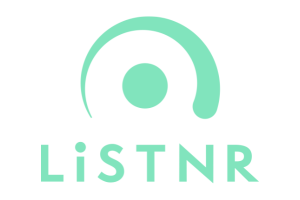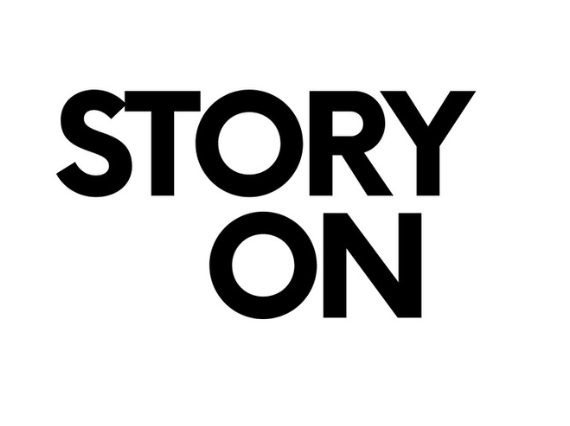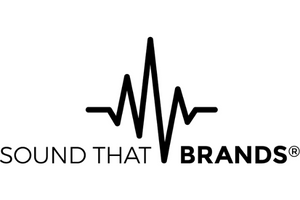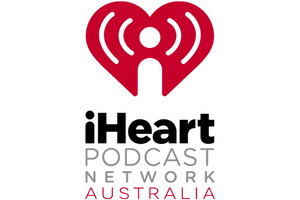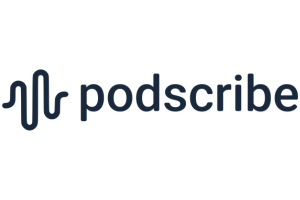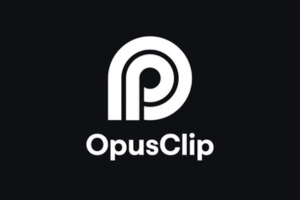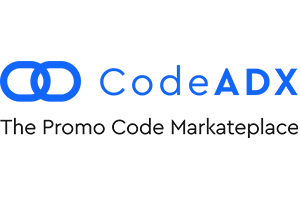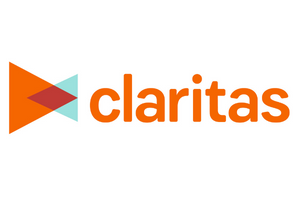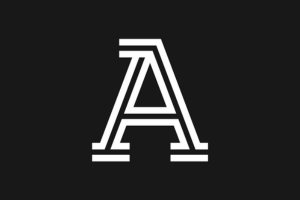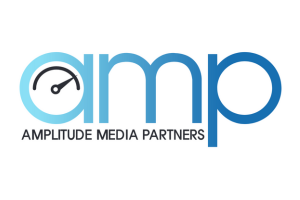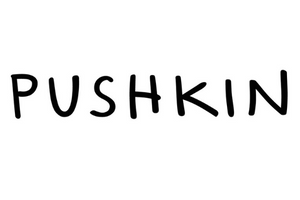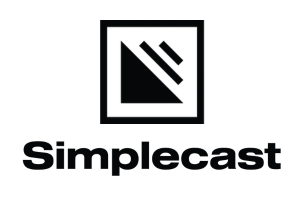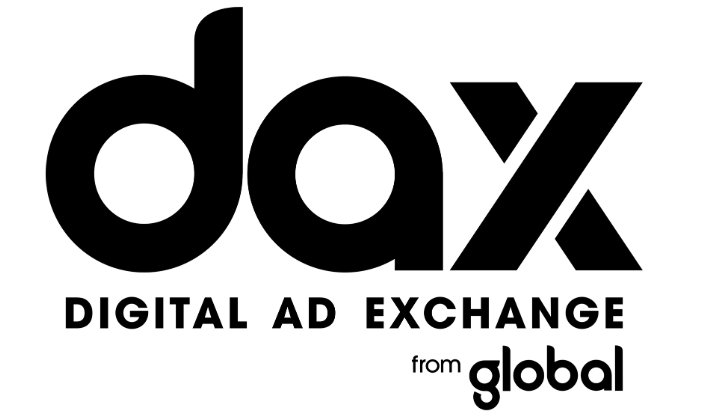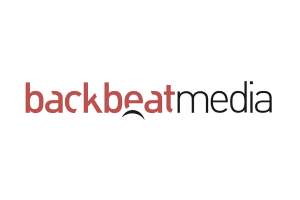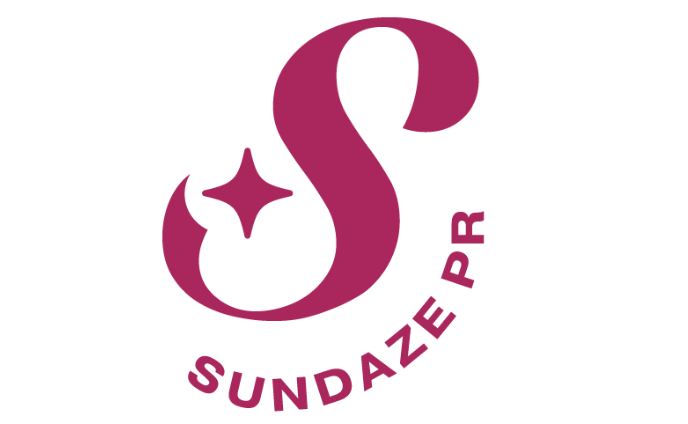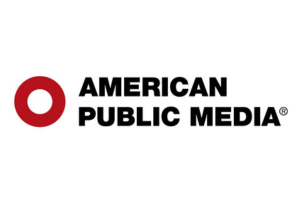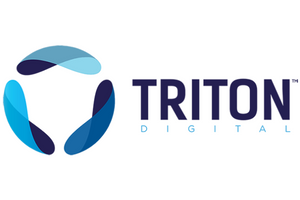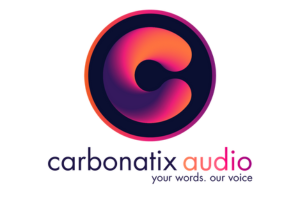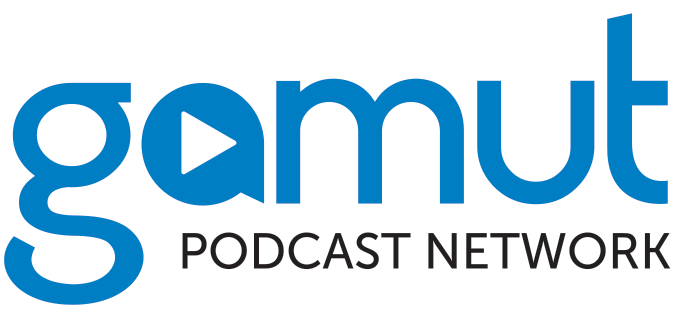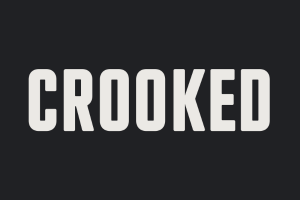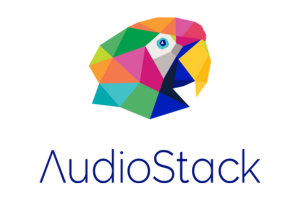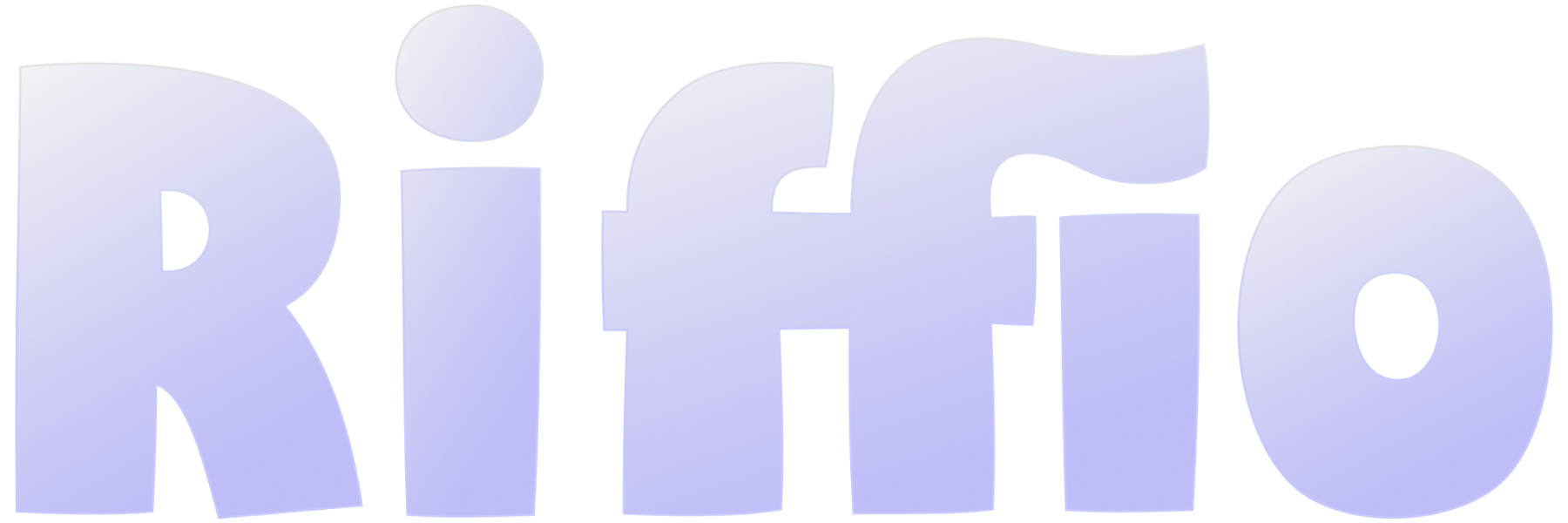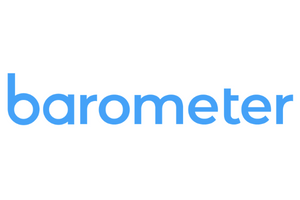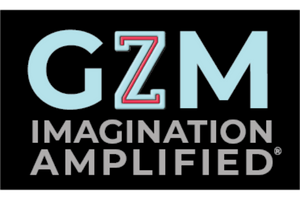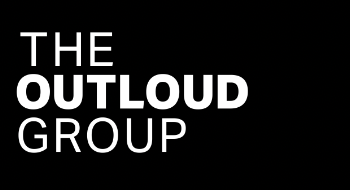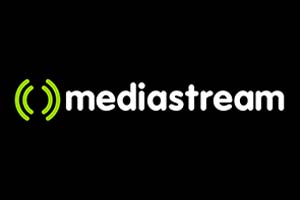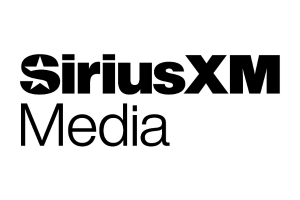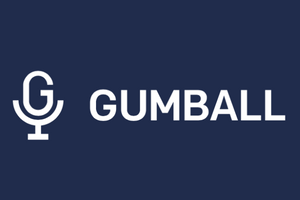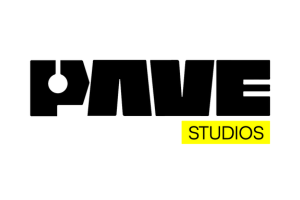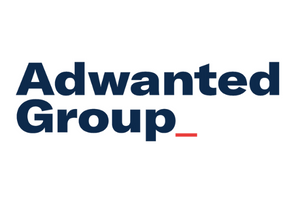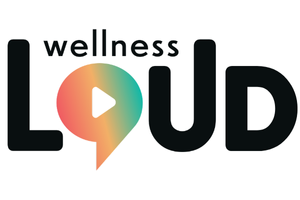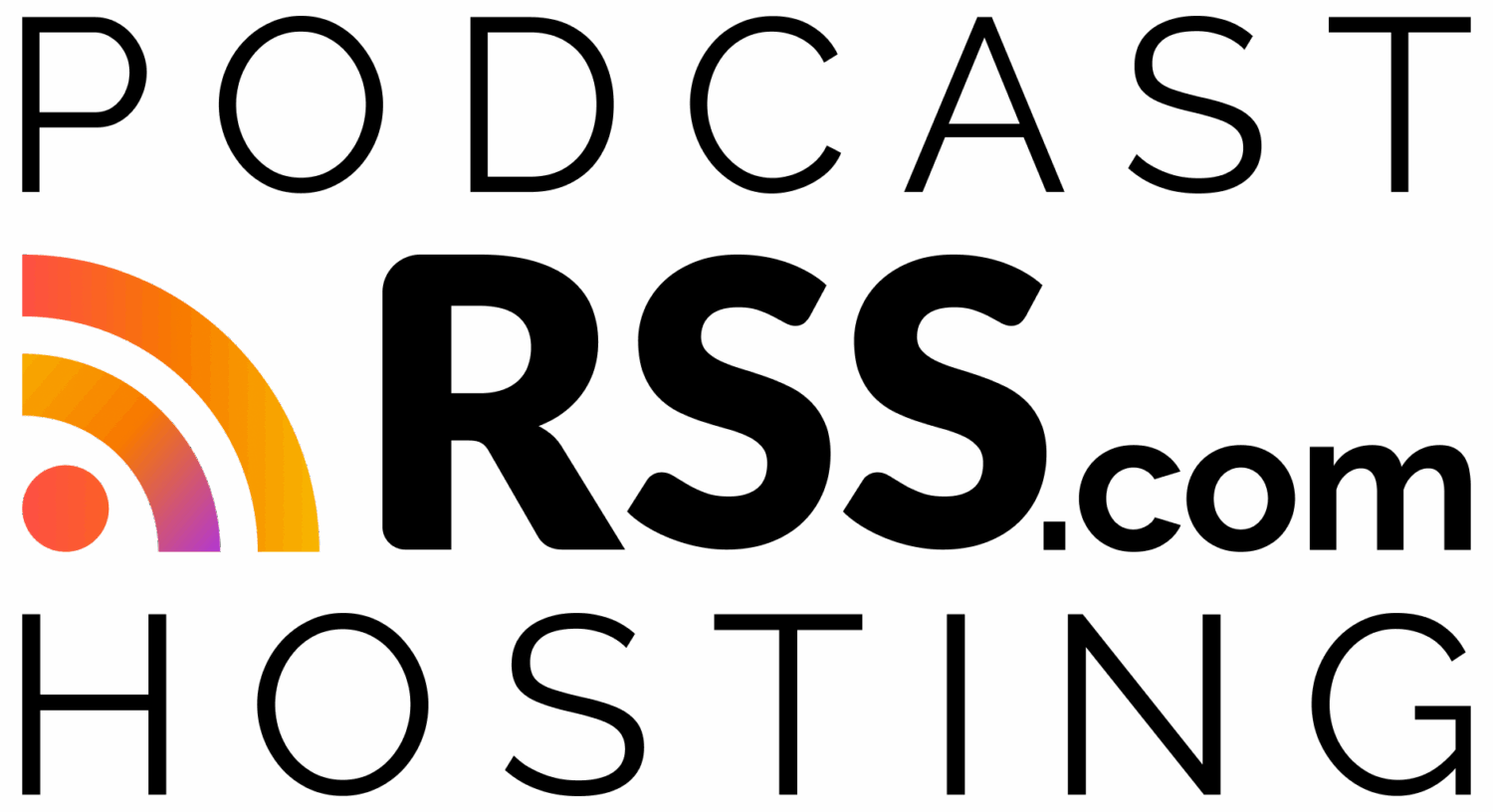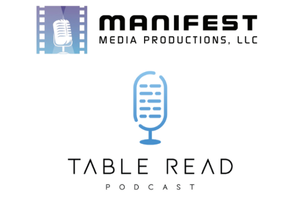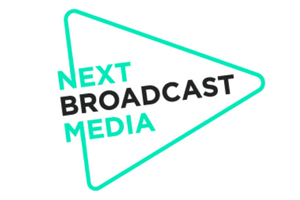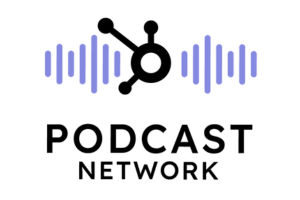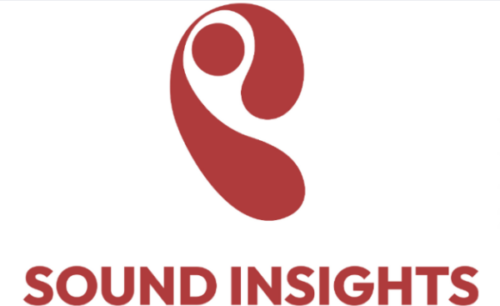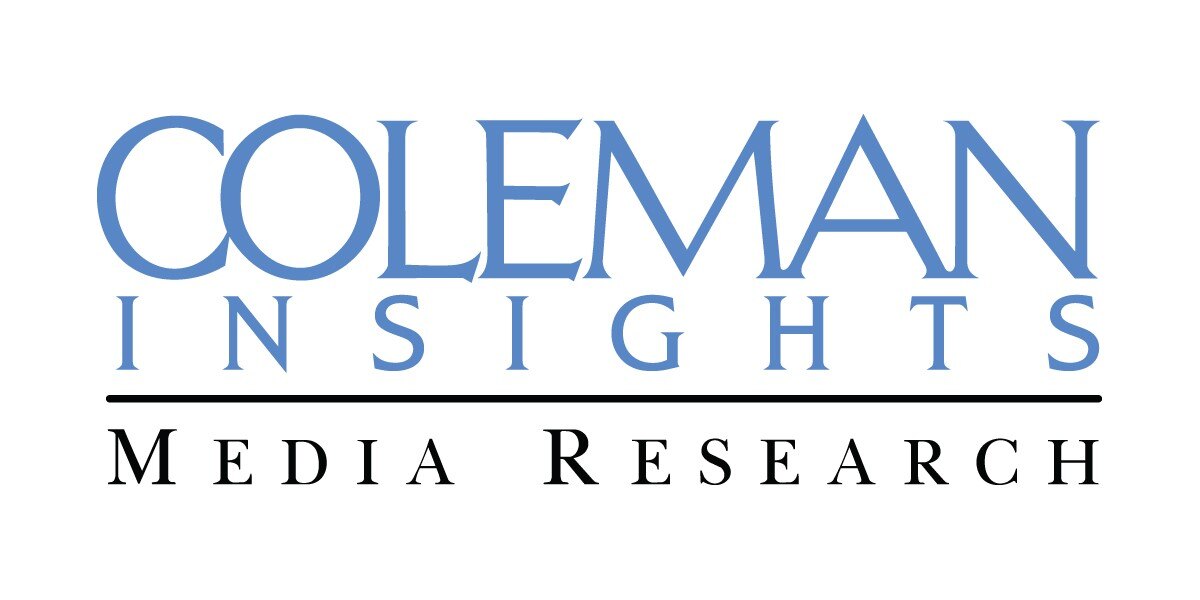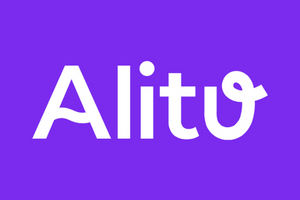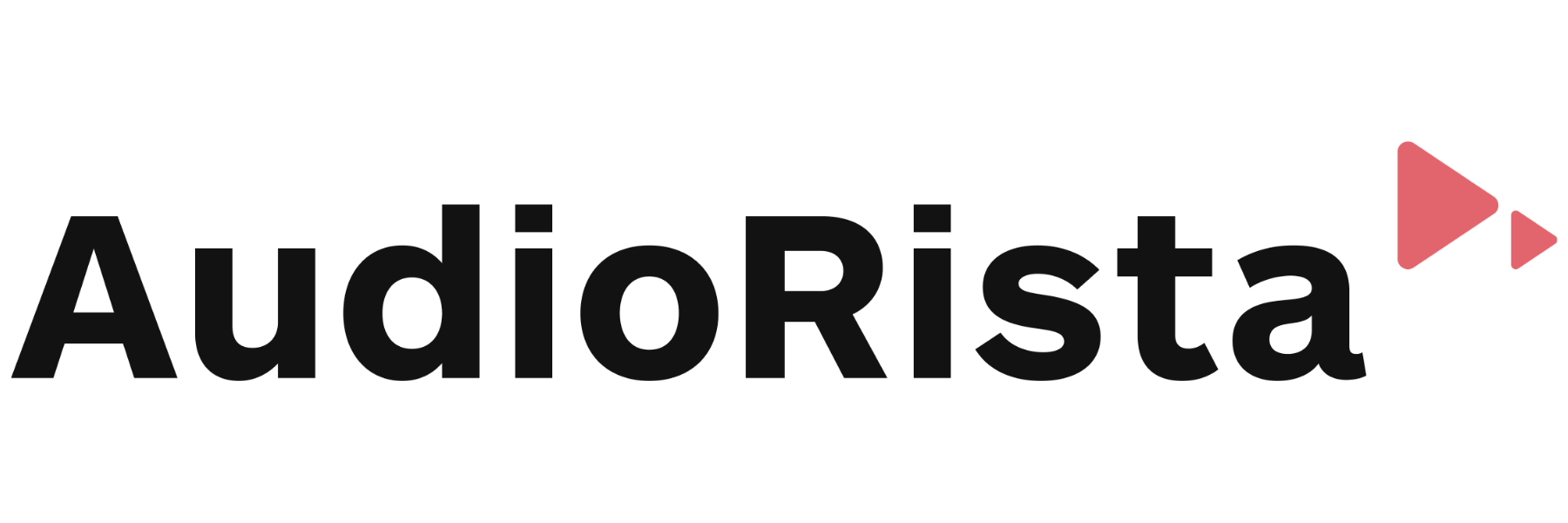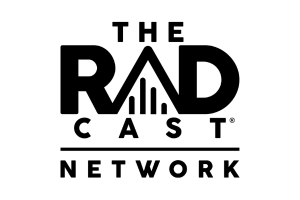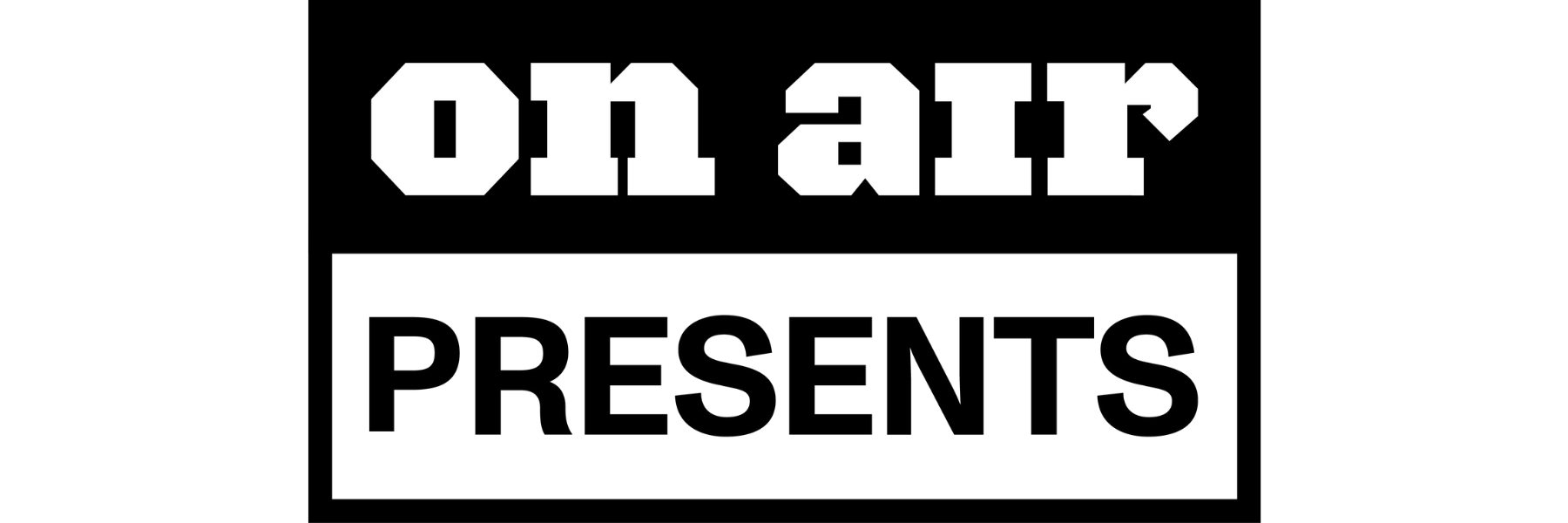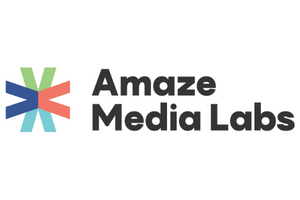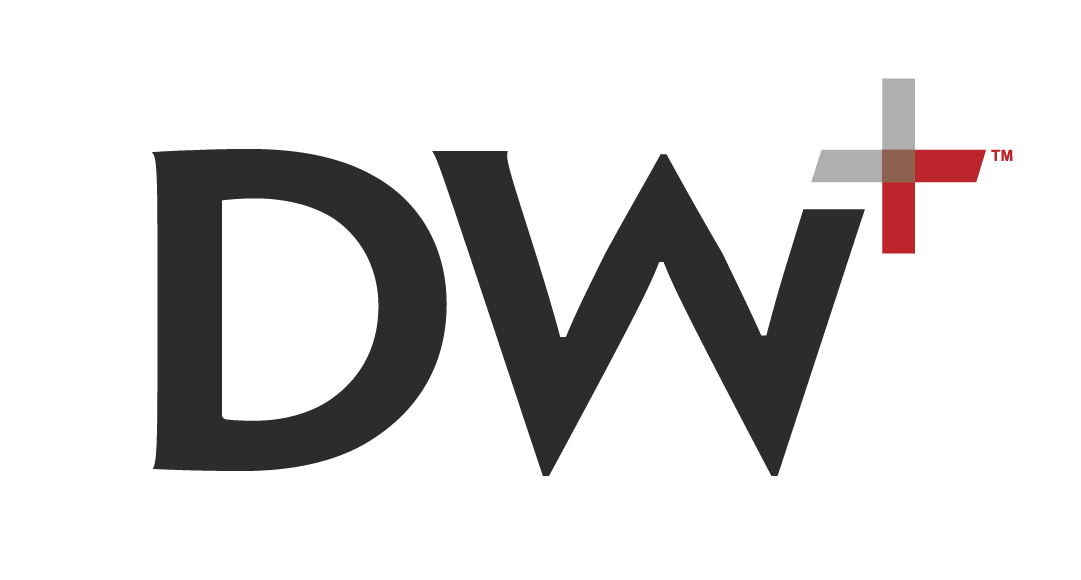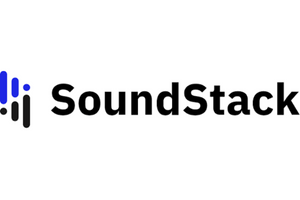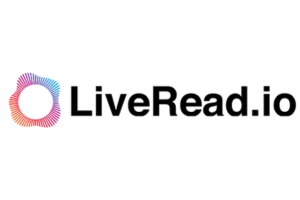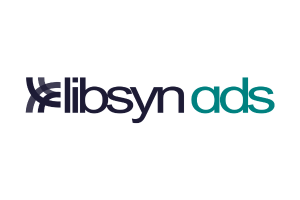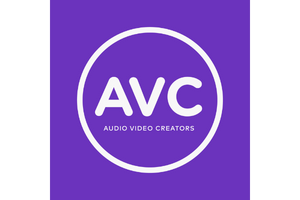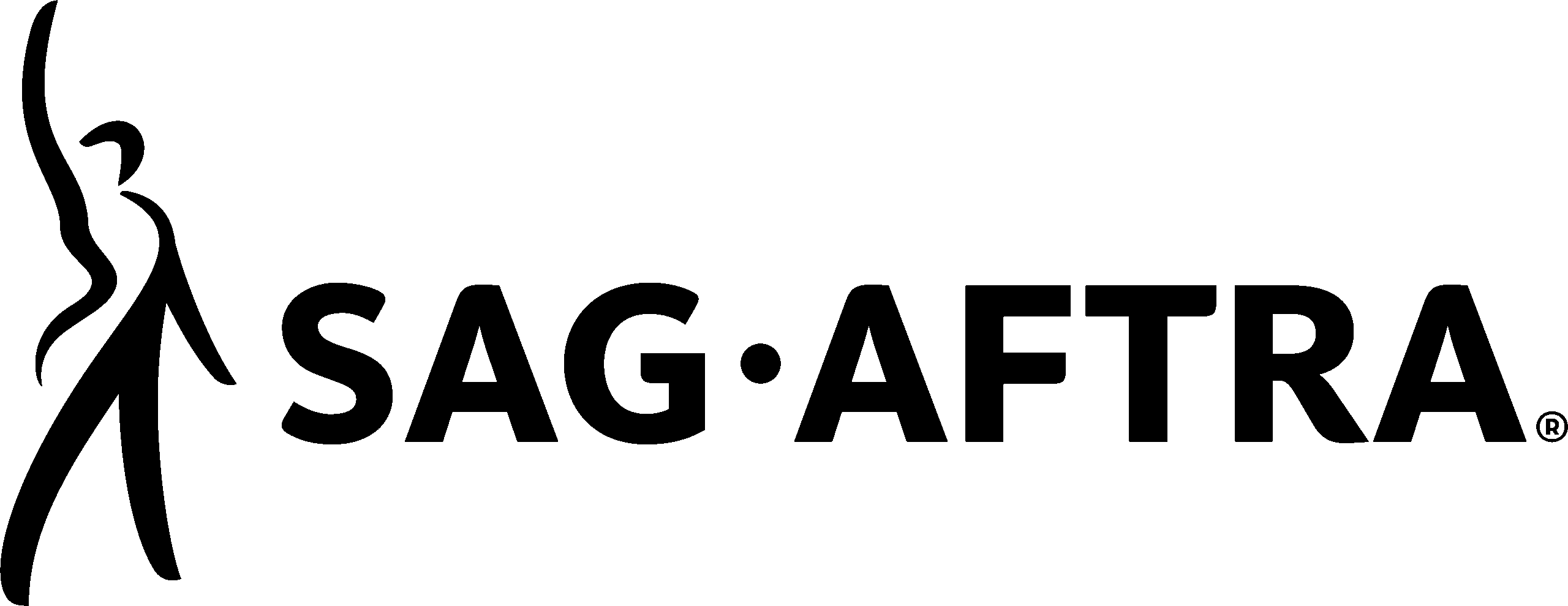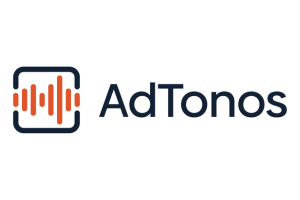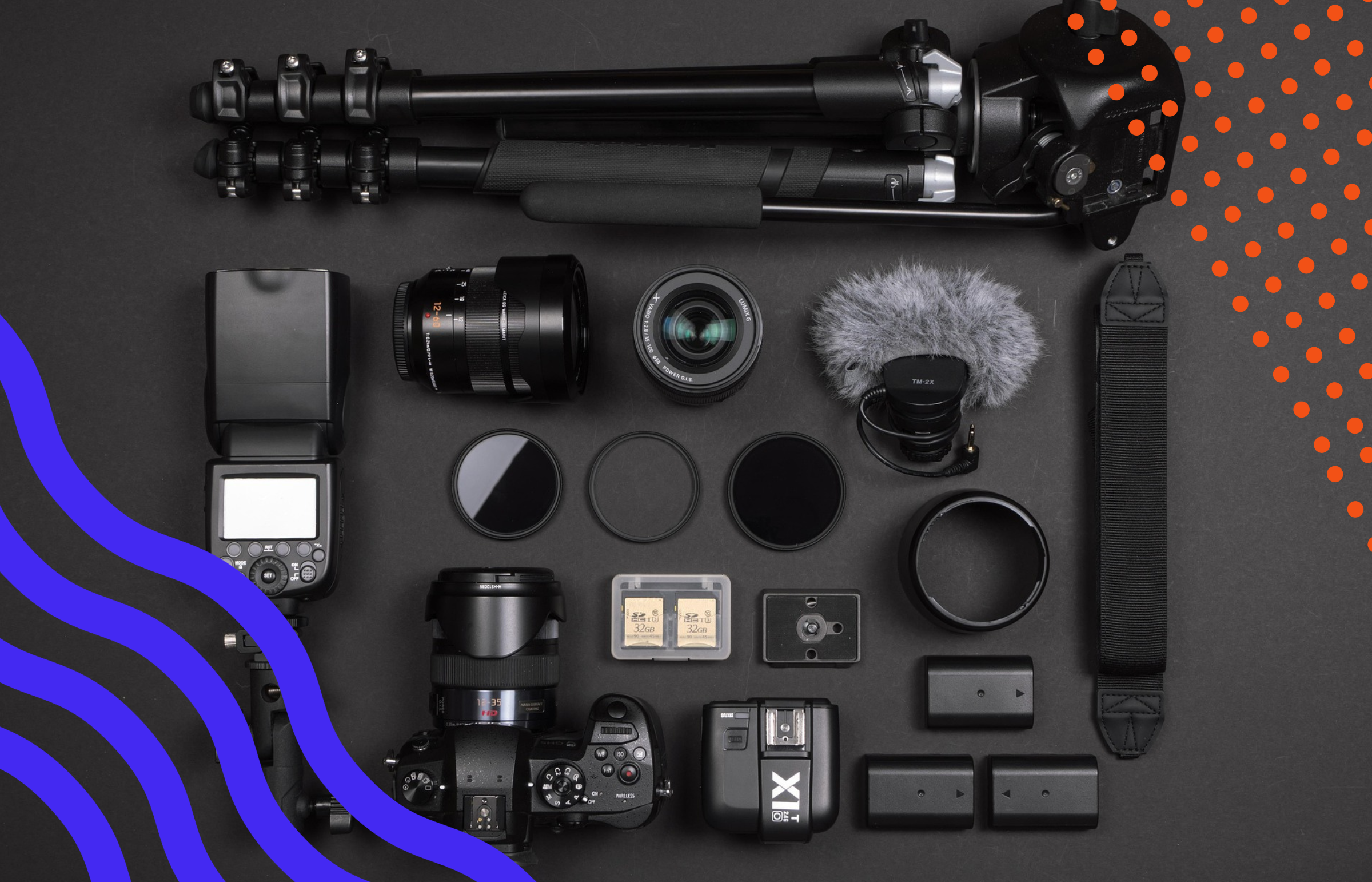Short-Form Video Clips Could Cannibalize Podcasters’ Real Audiences by Ashley Carman
A new issue of Soundbite looks at the common video podcast promotion strategy of clipping juicy moments of conversation and uploading them to social media. On paper, shotgun-blasting clips to YouTube Shorts and TikTok is a promotional strategy intended to draw new audiences into consuming the full podcast on YouTube, or listen to it in the audio podcast ecosystem. Unfortunately this comes as a double-edged sword. The prevalence of clipping has largely been driven by creators who do live content, such as gamers on Twitch. Clips and highlight edits act as a way to make more revenue off of content that made money while it was broadcast live, and to create FOMO. Wouldn’t it be fun if you had been present for these hilarious moments live? With a recorded podcast, however, there’s the risk audiences are effectively being told they can wait a few days and be spoon-fed clips of “the good bits” while all of the “filler” content (implied as such by its absence in the highlights) is left out. The current thriving ecosystem of long-form YouTubers – independent of podcasting – shows short-form cannibalization is not necessarily an existential threat. That said, they have much different strategies. Video essayists like Eddy Burback or Dan Olsen aren’t cannibalizing the juicy bits of their videos with five-figure sponsorship deals. They’re maintaining TikTok and YouTube Shorts accounts for their personal brands that then funnel audiences over to YouTube for long-form videos.
Saving the open web by Brian Morrissey
After the revelation last week that, in a court filing, Google claims “the fact is that today, the open web is already in rapid decline.” Google has since pushed back on coverage of that quote, saying the open web in general is fine, it’s advertising on the open web that’s slipping. Morrissey points out the “rapid decline” of the economic engine powering the existence of the open web is, functionally, the same. A recent research project from The Rebooting found only 23% of surveyed publishers have seen no impact in open web traffic since the implementation of Google’s AI Overviews. Even the CEO of Cloudflare, effectively a keystone of modern web infrastructure, says AI stands is an existential threat to publishers. Especially in a political climate where there’s likely to be little to no roadblocks to chat bots/data sets including scraped content or downloaded copyrighted material. Initiatives do exist to try and label what is scrape-able and what requires paying a license, but enforcing that will be tricky.
LHF restrictions: How the audio industry is preparing by Ellie Hammonds
UK legislation restricting the advertising of “less healthy foods” kicks in with industry voluntary compliance starting October 1st. From that point, TV and streaming services will be banned from airing ads for LHF before the watershed. Though, audio is carved out as an exception, meaning digital audio, radio, and audio podcasts are exempt from this LHF ban. Which means, in the UK at least, podcasting has an opportunity to be a haven for food and restaurant brands. It also serves as a reminder to brands who have yet to develop a sonic brand they need one. McDonald’s has their jingle ready to go at a moment’s notice in audio ads. Hammonds suggests that while brands designated as LHF would do well to invest in podcasting/radio, it’s up to the UK audio industry to not overindulge and find themselves branded an LHF safe haven. Something that might spark legislation to be re-evaluated and also cover audio.
Still spending, still nervous: the paradox of Q4 advertising by Seb Joseph
Summer is coming to an end. I can tell because of the usual signs: leaves falling to the ground, occasional crisp breezes in the air, and the annual signs marketers are worried about Q4. Few are committing much ahead of time, especially with the holiday shopping season somewhat in the air with worries of surprise tariffs changing the rules midstream. Deals have become more fluid, focusing flexibility over set-in-stone concepts (e.g. upfront guarantees). With that restraint on spending also comes an increased mentality of incrementality. Campaigns have to prove they’re closing the deal and making sales that wouldn’t have happened without the ad. A level of caution the business of podcasting could take advantage of, given the entire industry has had to answer “so how well did the campaign work” questions for years.
How Gen Z made Nairobi the heart of Kenya’s podcast scene by Sinda Matiko
According to Spotify data, Nairobi is firmly in the lead as Kenya’s podcasting capital, with 93% of Spotify podcast streamings stemming from there. As the headline suggests, the bulk of that is made up by gen Z audiences with just under half of Nairobi podcast consumers falling into the 18-24 bracket. And this is just Spotify data. In the years I’ve written The Download I’ve covered dozens of articles about podcasting hubs popping up worldwide, and a common thread remains true here: podcasting is a global medium. And it can thrive if given the investment and support needed to go from hobbyist niche to local industry.
As for the rest of the news…
- Bloomberg is hosting an invite-only On Air Business Summit in Santa Monica, CA on November 12. The event is set to start midday and run through the afternoon built to maximize communication and networking. The form to apply for an invite is now open.
- A new piece on NetInfluencer breaks down key findings from the recently-published Podcast Landscape 2025 Part One report.
- The Podglomerate is growing their marketing and audience development team with the addition of Erin Weiss and Stephan Moore.
- PAVE Studios has a new twice-daily podcast called Crime House Daily, hosted by crime analyst expert Katie Ring.
- Woman-focused podcast platform the fwd. network has onboarded bestselling author Janet Lansbury’s podcast Unruffled.
- Gamut Podcast Network Vice President John Goforth is looking for “always on” podcasters, those who don’t take season breaks or produce limited series, to potentially bring into the Gamut fold with the intention of fostering the next breakout “workhorse” podcast.
- MediaWeek has a new interview with The Trade Desk General Manager, Business Development Stephanie Famolaro about audio’s role in memory, trust, and ROI.



